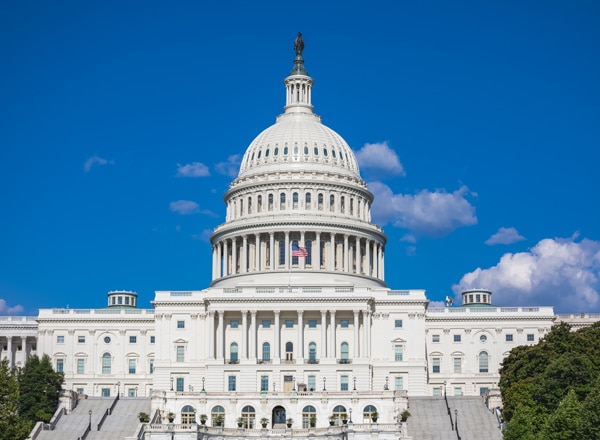Editor’s note: Regulations and guidance from the SBA and the U.S. Department of Treasury on the PPP are evolving rapidly. Please refer to the latest guidance from SBA and Treasury to confirm current program rules and how they apply to your particular situation.
The Coronavirus Response and Relief Supplemental Appropriations Act of 2021, a $900 billion relief package to deliver the second round of economic stimulus for individuals, families, and businesses, was signed into law Dec. 27, 2020. The law provides relief through multiple measures, and expands many of the provisions already put into place under the original Coronavirus Aid, Relief, and Economic Security Act , including a second round of direct stimulus payments to individuals and families.
Here is what you need to know:











